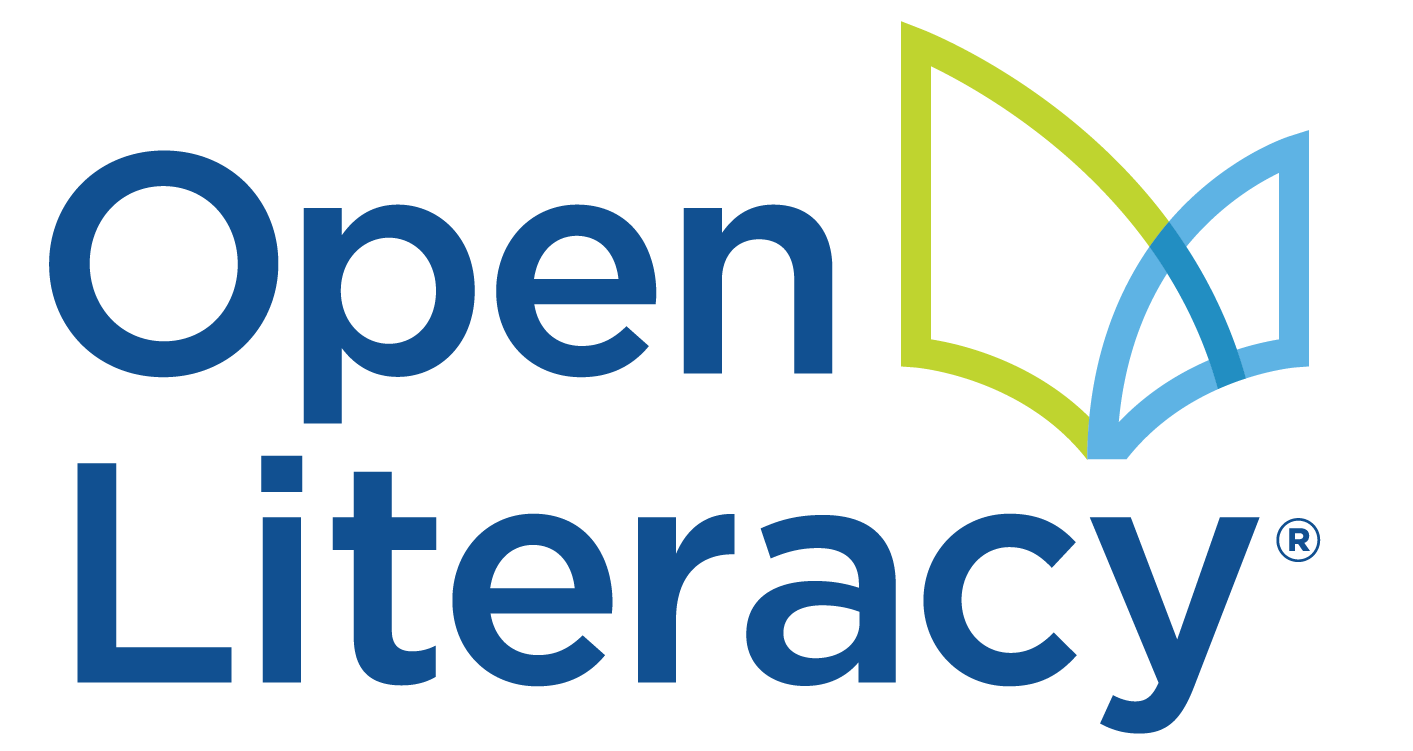Teaching Reading Comprehension
We are currently failing a majority of students in American classrooms when it comes to reading comprehension. When teachers are asked to explain what they are supposed to do in the service of reading comprehension instruction, the answers are quite varied — ranging from strategy instruction to think alouds to discussion based approaches. If we want reading comprehension instruction to improve, we should probably be clear about what reading comprehension instruction is.
The Simple View of Reading
In 2002 The RAND Reading Study Group defined reading comprehension as “the process of simultaneously extracting and constructing meaning through interaction and involvement with written language”.
The idea that reading is an interactive process was not introduced by the RAND group — in fact, literacy experts have been operating with this idea for decades. Some call this the simple view of reading, which was introduced by Gough and Tumner in 1986. You can read more about the simple view of reading HERE.
But what does this definition have to do with reading comprehension instruction? In other words, if reading comprehension is about extracting and constructing meaning, what does this mean for teachers?
Moving Beyond Strategy Instruction
Reading comprehension instruction should be instruction that supports readers in extracting and constructing meaning. Since the early eighties, a vast majority of this attention has been focused on the design of instruction that helps students become proficient in strategies such as predicting, clarifying, questioning, and summarizing. The idea is that if you learn these strategies, you can read the world!
While strategy instruction has played an important role in focusing attention on the idea that we need to teach students to comprehend, too much strategy instruction is far removed from its original purpose — strategy instruction has become the goal — rather than thinking about strategies as a tool to support the end goal of comprehending the texts we read. If a student can ask a bunch of questions about a text but still has no idea what is going on in the text, the student has not comprehended what he or she has read.
In thinking about what strategy instruction should be, I think there are two important considerations:
1. It might be helpful to shift the discourse from strategies to strategic — a teacher’s role in comprehension instruction should be squarely focused on helping students construct meaning from text by helping them understand what it means to be active, strategic readers. Comprehension instruction should be focused on puzzling about text, reading between the lines, relentlessly figuring out what is going on in the text — all because meaning matters and students are working to construct meaning.
We need to teach students to care when comprehension breaks down — when the picture in their head is fuzzy or when they just plain don’t understand. They need to be encouraged to look back when two pieces of information seem contrasting or confusing, and they need to keep track of who the pronoun references are referring to when they shift from Johnny to he to that guy (all referring to the same person!). They need to know that texts aren’t all neatly packaged — or even all that considerate. Constructing meaning takes work! For many students, especially proficient readers, these behaviors come without instruction, but we can’t assume that all students will adopt these behaviors if we don’t teach them that these behaviors matter. This is what comprehension instruction should be about.
2. We need to stop operating as if the genre and discipline don’t matter. Learning a hodge podge of strategies with a bunch of random texts is not going to help students read the world. When they get to their high school history textbook, or are asked to negotiate primary source documents, or have to make sense of complex diagrams in science, generic strategies aren’t going to work. Specific genres and disciplines have features that students need to know about, and we should teach this important information explicitly.
I’d love to hear your thoughts on reading comprehension instruction and how we can help students become savvy text comprehenders.
Never miss a post!
Follow us on Instagram and Facebook
Have a literacy question you’d like answered? EMAIL US
Return to BLOG HOME
